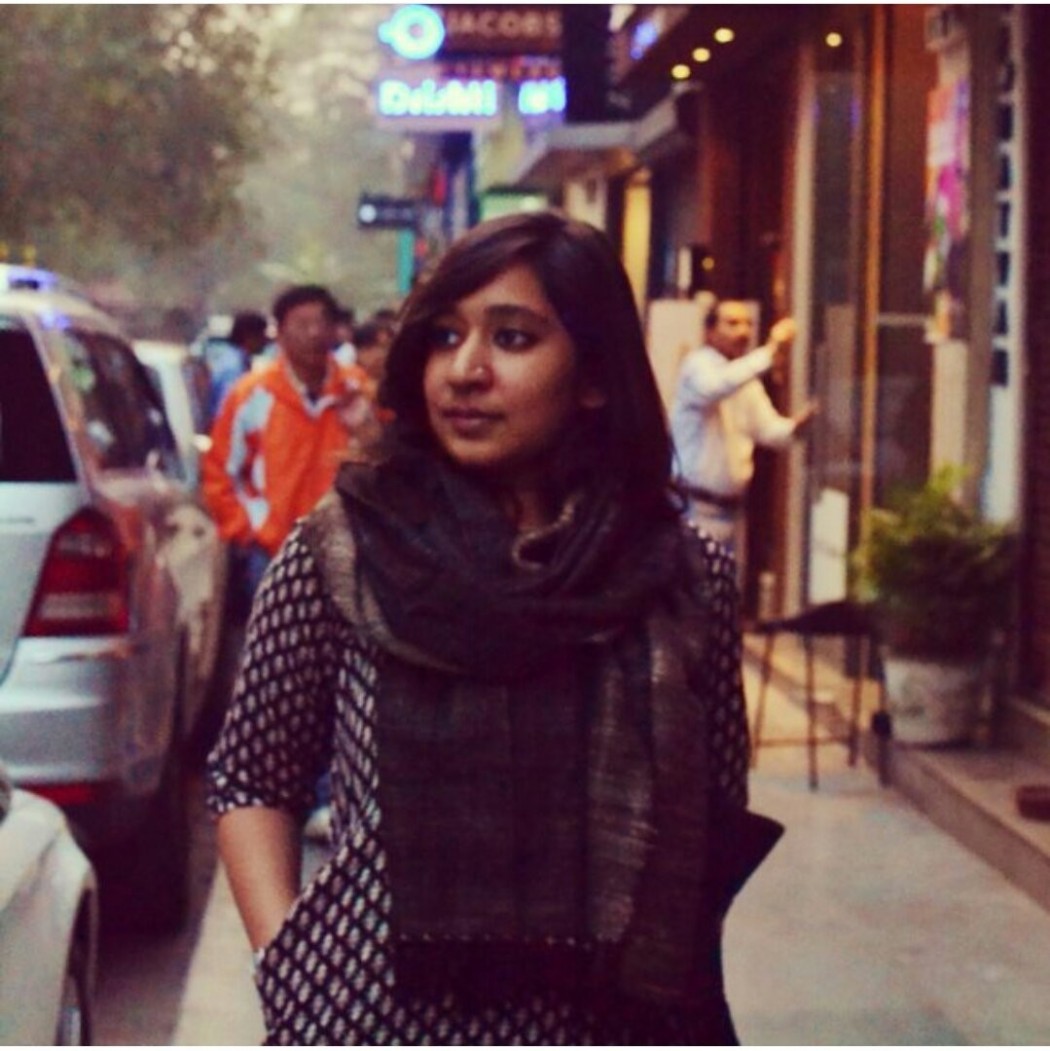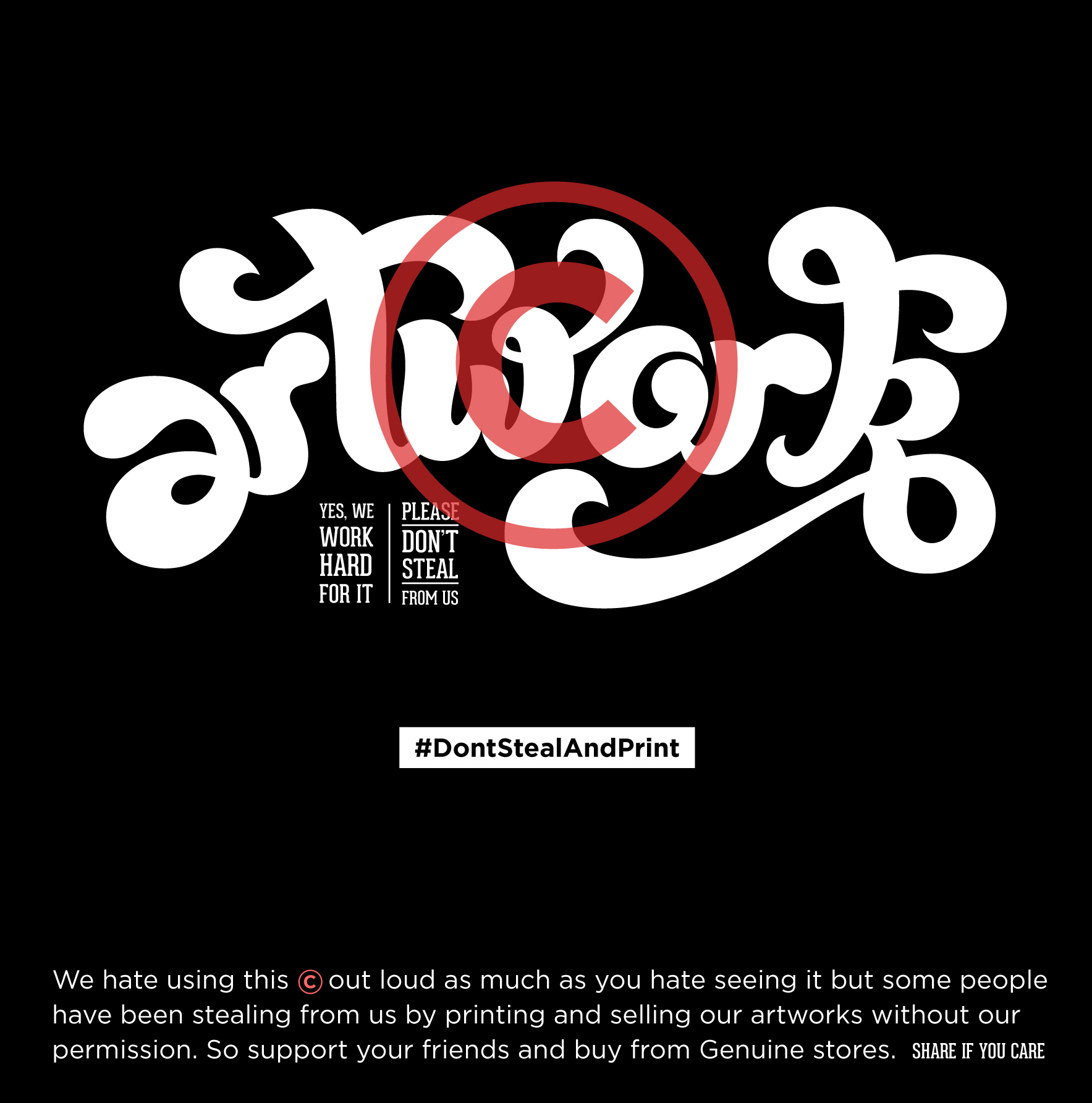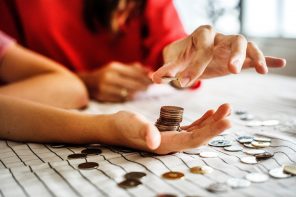The fantastic art lawyer Mekhala Dave, presents her series on artists’ rights. Here’s her first chapter; watch this space for more from her!
Intersectionality Between Art, Law and Technology
Art is an evergreen and shape-shifting word, indefinable and untainted by time. We live in a time where our mind is compressed with point-blank words and imageries – excessive information is available to us and our interactions depend vastly on social media. Our connections are falsely constructed, as our lives begin and end with devices.
Aashish M., a reclusive and quaint artist, explored the phenomenon of how technology is upgraded to feed human integrity; the two are indistinguishable in his looming art installations. Artist Samish A., warm and friendly, extracts surreal graphics from the origin of nature’s effect on the human body frame as his muse in print-making. The motifs of the two artists helps us understand where we stand in the timeline of art.
Artist Archan Nair, through his exuberant and breath-taking artworks, holds live discussions on Facebook every day. Listening to his voice is therapeutic to his admirers, including myself, and we are able to lose our senses in his studio space. In contrast, a handful of artists may not even have a social media presence, such as artist Deepshikha M., who feels pressured and scrutinized by people’s views on her stacked-away artworks.
We, the human race, are conflicted and complexed with our approach to technology, this indecisiveness translates into the treatment of art. Artists, when documenting their artworks on social media, in actuality are documenting their own existence. Art and artists operate as one entity in the power house of creation. Artists, like art, coalesce energies to bring meaningful reflections in the cognitive dissonance of our lives.
The art community (rather creative) is an expansive landscape of rising and upcoming Artists to include graphic designers, illustrators, typographers, online writers, photographers, film-makers. Traditionally, the community is fragmented and disorganized with museums, auction houses and galleries operating as supreme art spaces. Despite the hierarchical imposition of such spaces, artists in unison are redefining ‘spaces’ altogether. Instagram, for instance, is a one-store stop to recreate a space as good as a gallery to showcase artworks. Art start-ups in the form of websites for ‘affordable art’ hive on accessibility to ordinary buyers and young collectors. Even alternative media, such as photo-journalism and documentary based blogs through voices of individuals, are fueled with ample content with visual orientation. Thus, neither art nor artists have any bounds in either levying a shade of their individualistic expression or hesitating to publish subaltern narratives. The unquantified levels of sharing of art, matched with the question, ‘What is Art’ is palpable and overwhelming for those in the art community.
This samples the feverish exchange of a creative overdrive where art and technology intersect to the point of a daily ‘art/artists fame’ notoriety. There is a vulnerability in sharing artworks intimately on a medium like the Internet, at the risk of copyright infringement, contract issues with business enterprises, governmental-authoritative conflicts and art frauds. In India, a few artists have claimed that their art was slapped onto merchandising products without prior permission. In some cases, art appropriation is manipulated to copy an original piece strategically into a morphed piece that resulted in disputes between artists. Even gallery and home décor design spaces exploit at a magnitude level to copy and sell existing pieces of online art. Artists are at a financial loss, and are discredited from the original pieces birthed from their minds.
There is no identifiable art-based, designated, institutional authority to oversee such legal difficulties within the country. When confronted with the subject of art, often even the most adept Intellectual Property lawyers do not deeply associate or understand artists’ creative process, a projection of them in their art. Artists feel they have not been sufficiently reached out to, and are entangled with legal jargon and convulsions. This rift between artists and their lawyers does not resolve problems on the minutest details of the case.
Art cases go unreported as artists or the community either dismiss issues regularly, deeming run ins with the law as unnecessary wounds. Voices in the community are frequently stifled from fears or the stigma attached to the outcome of cases. The legal fraternity also overlook such cases because they appear insignificant or too complex to deal with as laws are at an embryonic level, coupled with a lack of monetary reward for lawyers.
Art, in expressed and physical form, is a property of the artist with exclusive rights (economic and moral right) governed under the copyright and design laws. Our country is also a signatory to the international Berne Convention for the protection of artistic and literary works. Under the ambit of art law, a niche of media and entertainment law, is a primary focus to develop and govern artists’ intellectual property rights and dwell into art law policy that includes provenance, censorship, contract agreements and dealing of cultural and heritage property in accordance with national and international laws.
Outside of such a community, such concerns are either neglected or suppressed in the face of parallel complex socio-political issues within the country. Law enforcement policies are archaic and unable to combat such grave matters or keep up with the evolving art of our time. In the parade of every day ordeals, artists contribute in vibrant and thought-provoking anecdotes to make the world a better place. There is a requirement to create awareness to protect waves of creativity and not shadow legal difficulties bearing on artists. With the transforming milieu of art, the art community must come to recognise how to best protect and preserve art forms.
We, at The Yellow Sparrow, along with Mekhala Dave, appeal to you to raise awareness on protection of art forms, through academia and visual discourses. Like chapters to a book, as a weekly column, Mekhala will unveil anecdotes of artists lodged in legal battles and, as a collective, we shall strive to find best possible solutions. You may approach either us at The Yellow Sparrow or Mekhala personally (for lawyer-client privilege of confidentiality) at mekhala.dave@gmail.com for your queries and updates; she will get back to you each week with answers to your enquiries. With the bowl of creativity – keep creating!












